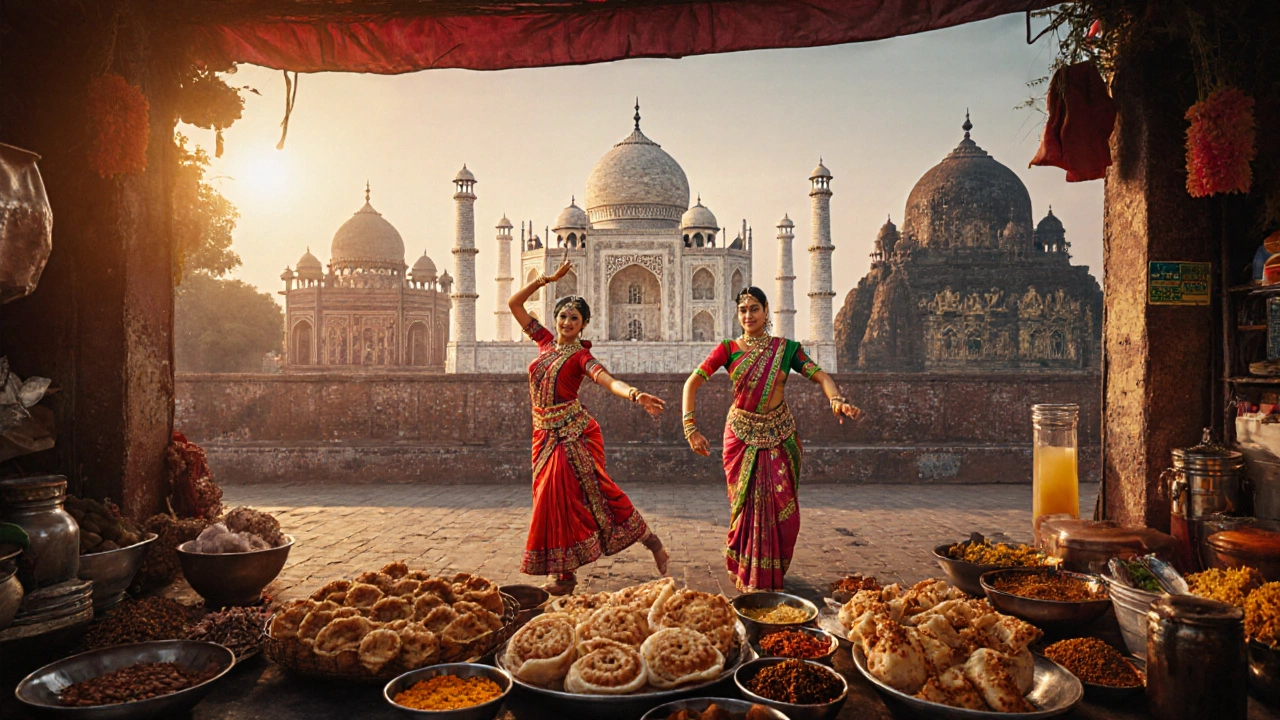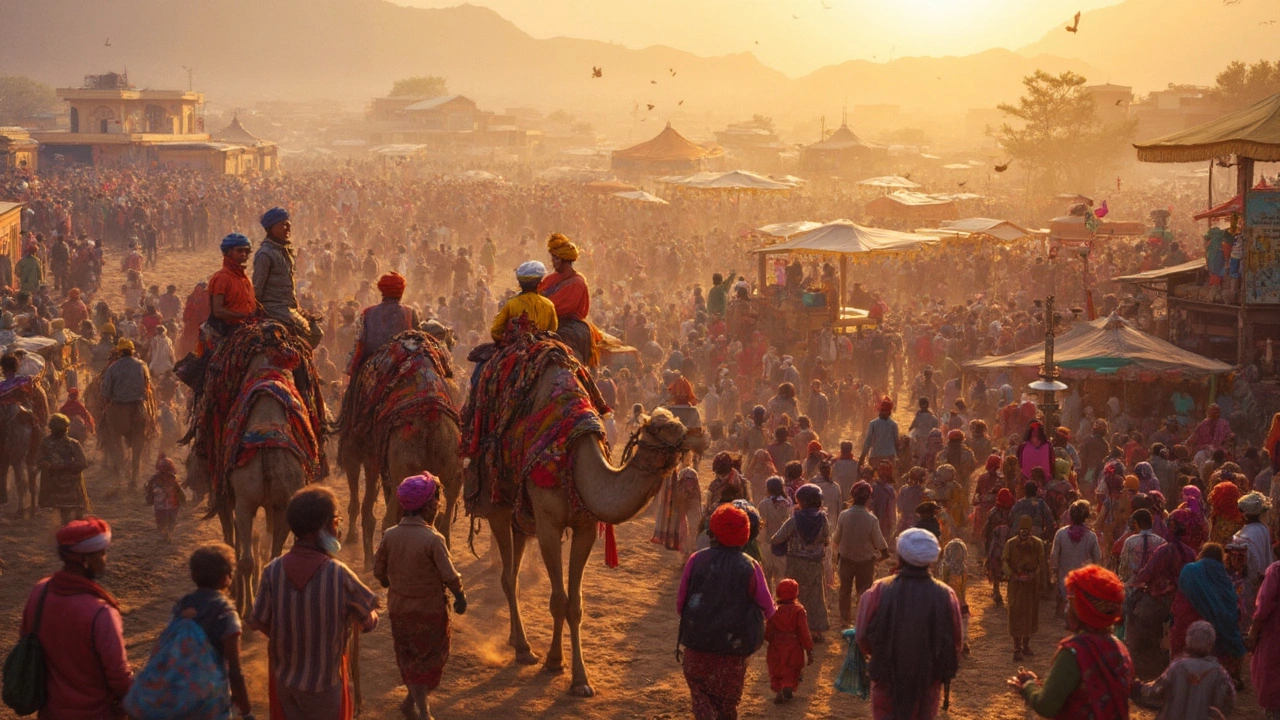SEARCH
Indian Festivals: What, When, and How to Enjoy Them
If you love colors, music, and good food, Indian festivals are a must‑see. From the lights of Diwali to the drums of Pongal, each celebration tells a story about the place and its people. This guide gives you the basics you need to jump in, whether you’re a first‑time visitor or a local looking for fresh ideas.
Top Festivals You Shouldn't Miss
Diwali (Festival of Lights) – Usually in October or November, Diwali lights up every city and village. Homes get lanterns, markets sell sweets, and fireworks fill the night sky. Pack a light jacket if you’re in the north, and expect crowds at temples and shopping streets.
Holi (Festival of Colors) – Held in March, Holi turns streets into a rainbow splash. Everyone throws dry powder and water at each other. Wear white clothes you don’t mind staining, carry a plastic bag for wet shoes, and stay hydrated.
Durga Puja – This September‑October celebration is huge in West Bengal. Giant statues of the goddess Durga line the streets, and you’ll hear drum beats all night. Try the local sweets like "mishti doi" and watch the cultural performances.
Pongal – Celebrated in January in Tamil Nadu, Pongal thanks the sun for the harvest. Families cook a special rice dish outdoors and decorate homes with kolams (rangoli). The weather is cool, so it’s a good time for short road trips.
Ganesh Chaturthi – In August or September, streets in Maharashtra fill with towering idols of Lord Ganesha. The processions end with a big immersion ceremony at the sea or river. If you’re near Mumbai, grab a seat early – the crowds grow fast.
Practical Tips for Festival Travelers
Plan your travel dates early. Flights and trains fill up fast around major festivals, and prices jump. Booking a week or two in advance can save you both time and money.
Respect local customs. Most festivals involve religious rituals, so dress modestly, remove shoes where required, and follow any instructions from organizers.
Watch your food. Street stalls offer the best flavors, but pick stalls that look clean and are busy – that usually means fresh cooking. Carry a small bottle of hand sanitizer for extra safety.
Stay safe in crowds. Keep your phone charged, note the nearest exits, and keep valuables hidden. A simple zip‑lock bag for cash and passport works well.
Enjoy the extras. Festivals often have free cultural shows, craft markets, and workshops. Even a short walk can lead you to a local dance performance or a chance to try traditional handicrafts.
Whether you’re chasing the fireworks of Diwali, the paint fights of Holi, or the rhythmic beats of Durga Puja, Indian festivals offer a front‑row seat to the country’s vibrant soul. With a little planning and an open mind, you’ll walk away with stories, photos, and a deeper love for India’s lively traditions.

India’s Cultural Heritage Explained: Sites, Traditions & History
Explore India's cultural heritage-from UNESCO monuments and vibrant festivals to living traditions like yoga and cuisine. Learn how to experience and protect this rich legacy.
Continue reading
Cultural Tourism in India: Real-World Examples Everyone Should Experience
India is packed with opportunities for cultural tourism, from wild festival scenes and ancient temples to food adventures that make your mouth water. This article breaks down real-life ways travelers get close to local traditions in India—no travel brochure talk, just the real deal. Expect specific events, places, and hands-on activities that show off India’s living culture. You’ll pick up practical tips for actually experiencing these things yourself. Get ready to see India beyond the usual postcard spots.
Continue reading